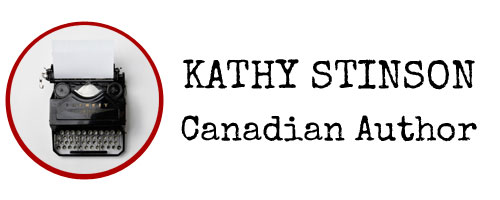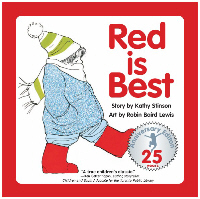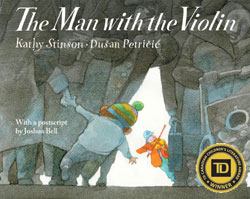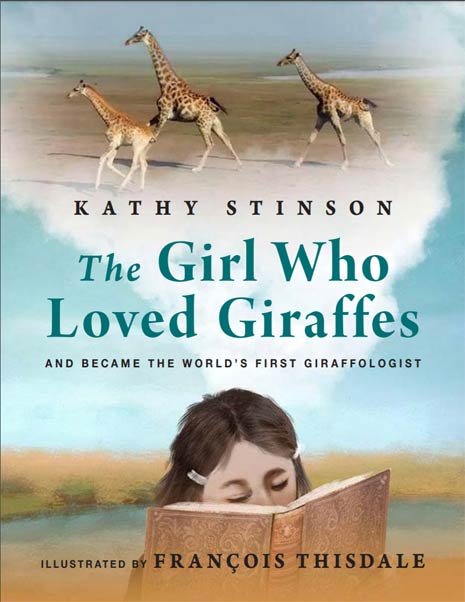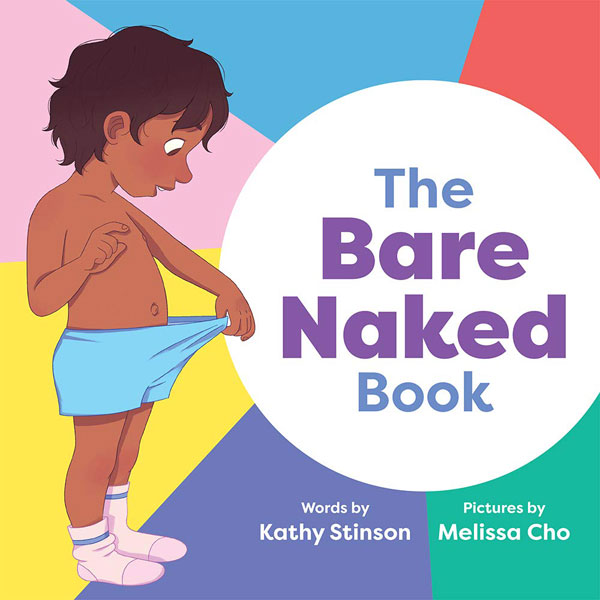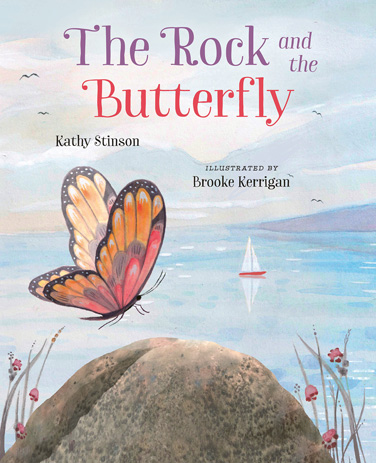Whose Point of View?
 Like many writers, I’m drawn to stories told from multiple points of view. I think this is because, as writers, we’re fascinated with the different ways people perceive and experience the world, and how that influences their behaviour. We may also be keen to see events from all sides. But which of many possible viewpoints are needed to tell a particular story is a question all writers must inevitably face.
Like many writers, I’m drawn to stories told from multiple points of view. I think this is because, as writers, we’re fascinated with the different ways people perceive and experience the world, and how that influences their behaviour. We may also be keen to see events from all sides. But which of many possible viewpoints are needed to tell a particular story is a question all writers must inevitably face.
At one point in the writing of What Happened to Ivy, I’d written scenes from the points of view of a number of key people: Ivy, an eleven year old girl with multiple disabilities; David, her teenage brother; their father, Stephen; and David’s friend, Hannah.
First to go as I continued working on the manuscript was Stephen. He’s still in the novel, of course. There would not be a story without the role he plays in it. I may have needed to be in his head for a while myself to help me figure out just what his role was and how he felt about it, but, I decided, readers did not need to go there.
The next point of view to go was Hannah’s, even though for some time I thought What Happened to Ivy was her story. I won’t go into why, but it made sense to me at the time. Her pov was harder for me to let go of than Stephen’s.
Hardest of all to let go of was Ivy’s point of view. I loved Ivy and I loved how trying to imagine myself into her life helped me get to know her. But again readers didn’t need to go inside her head. Not only did they not need to, but as was the case with Stephen, being inside her head would have undermined reader identification with David. Better for readers to experience the events of that important summer in David’s life strictly as he would have experienced them.
That said, I’d like to offer up one of Ivy’s scenes which, whether you’ve read What Happened to Ivy yet or not, won’t spoil anything for you.
Ivy can’t move. Daddy is holding her too tight.
Mommy comes closer. She says the medicine tastes like cherries. It doesn’t.
Ivy keeps her mouth closed. She kicks. She tries to roll over like Shamus. But Daddy says, “Damn it, Ivy,” and holds her tighter.
Daddy is strong. It hurts when he holds her tight. It hurts her back and it hurts her arms and it hurts her head and she has to cry. And when she does, Mommy sticks the medicine in the back of her mouth. It smells like David’s armpits before his shower and it tastes like garbage and metal. Ivy wants to spit it out, but she can’t.
“All done,” Daddy says. He puts her in her wheelchair. He pushes her to the window.
Outside is green. The birds are brown. The red birds are all gone. But there are red flowers. Big red flowers that look like Mommy’s smile when she wears lipstick. And tall blue flowers. And yellow flowers that look like the sun in one of her books. And teeny tiny little blue flowers. under all the big flowers and in other parts of the garden too.
David is in the garden on his knees. He looks up.
Ivy waves. Her back hurts. So does her neck. And so does her head.
David waves back.
Hannah comes across the street. She waves to Ivy in the window too. Ivy waves back.
David and Hannah talk.
Hannah waves bye-bye. Bye-bye is not like hi.
David calls, “Hannah, wait!”
Hannah comes back. David hands her a bunch of the teeny tiny little blue flowers. David likes Hannah.
When Hannah is gone, David looks up at Ivy’s window. He waves.
Ivy waves back. Her head hurts. So does her neck. And so does her back.
Haven’t read What Happened to Ivy yet? It was named a CLA Honour Book this spring so maybe you should!
Image courtesy of Master isolated images / FreeDigitalPhotos.net
Share this post:
Kathy Stinson is the author of the classic Red Is Best and the award-winning The Man with the Violin. Her wide range of titles includes picture books, non-fiction, young adult fiction, historical fiction, horror, biography, series books, and short stories. She has met with her readers in every province and territory of Canada, in the United States, Britain, Liberia, and Korea. She lives in a small town in Ontario.

